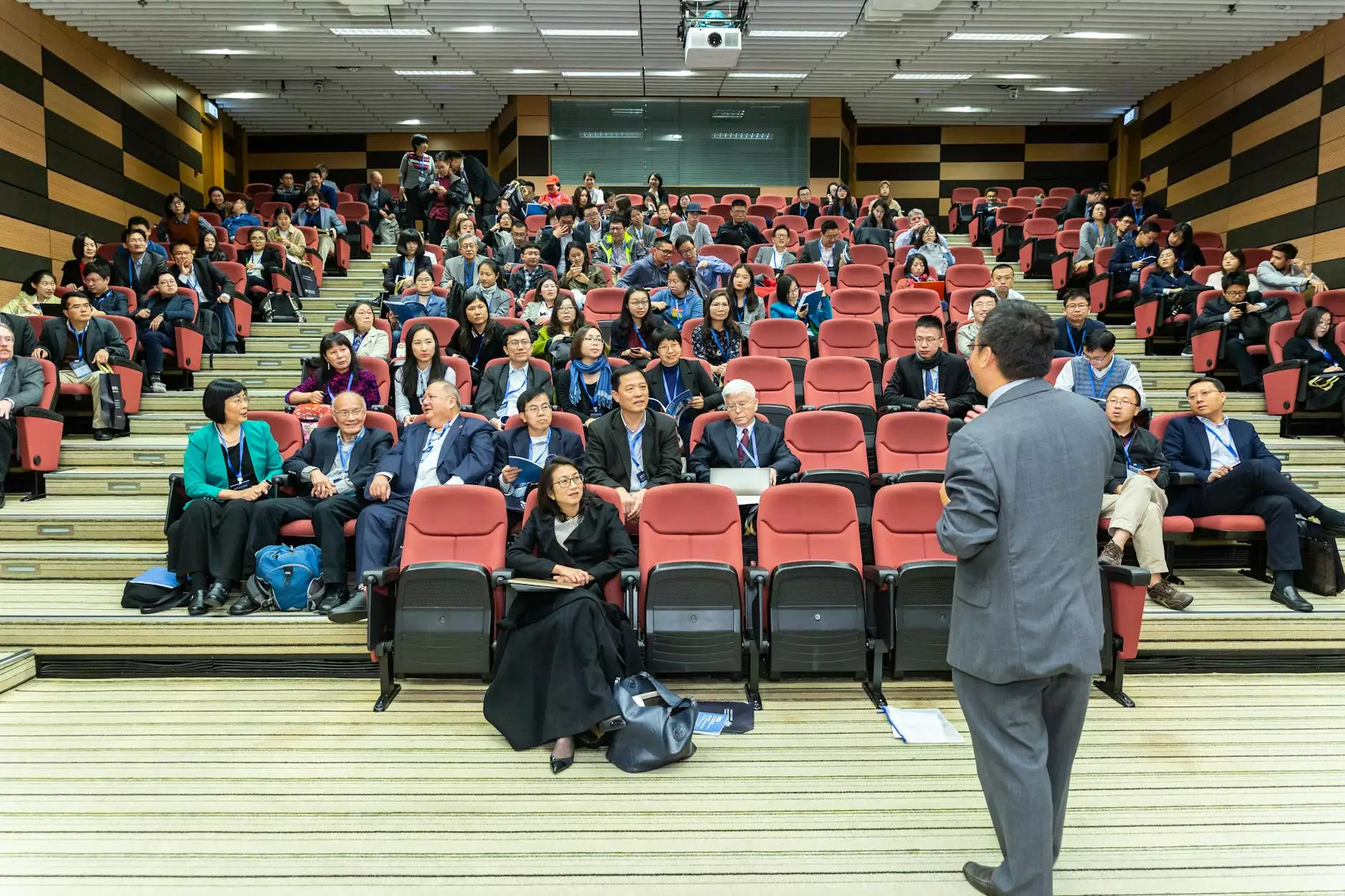Salpingo Oophorectomy Procedure: A Comprehensive Guide to Enhancing Women's Health and Wellbeing

In the landscape of modern gynecological surgery, the salpingo oophorectomy procedure stands out as a vital intervention for various health conditions affecting women’s reproductive organs. As a highly effective surgical procedure, it often becomes a focal point for women seeking relief from gynecological issues or preventative care, especially in cases of ovarian or fallopian tube diseases, or genetic predispositions to ovarian cancer.
Understanding the Salpingo Oophorectomy Procedure: An Introduction
The term salpingo oophorectomy combines two key components: salpingo (fallopian tubes) and oophorectomy (ovaries). Therefore, the procedure involves the removal of the fallopian tubes and ovaries, which are critical organs in female reproductive health. Depending on the patient’s condition and medical goals, the procedure can be performed unilaterally (one side) or bilaterally (both sides).
Indications for a Salpingo Oophorectomy
Common Medical Conditions Requiring Salpingo Oophorectomy
- Ovarian Cancer: When malignancies are detected or suspected, removing the ovaries and fallopian tubes can prevent cancer spread and improve survival rates.
- Benign Ovarian or Fallopian Tube Cysts: Large or painful cysts that do not respond to conservative treatment may necessitate surgical removal.
- Endometriosis: Severe cases may require removal of affected reproductive organs to alleviate symptoms.
- Pelvic Inflammatory Disease (PID): Chronic PID that threatens reproductive health can be managed surgically in advanced cases.
- Genetic Predisposition: Women with BRCA1 or BRCA2 mutations often undergo preventive salpingo oophorectomy to significantly reduce ovarian and breast cancer risk.
- Ectopic Pregnancy: In some cases, damaged fallopian tubes are removed surgically.
Types of Salpingo Oophorectomy Procedures
1. Unilateral Salpingo Oophorectomy
This involves removal of one ovary and its corresponding fallopian tube. It is typically performed when only one side is affected or as part of fertility preservation strategies in younger women.
2. Bilateral Salpingo Oophorectomy
This entails removing both ovaries and fallopian tubes. Often recommended for women at high risk of ovarian cancer or postmenopausal women where preserving fertility is no longer a concern.
3. Salpingectomy (Fallopian Tube Removal)
In some cases, surgeons may remove only the fallopian tubes, especially in cases of tubal disease or as a preventative measure for ovarian cancer, as emerging research suggests many ovarian cancers originate in fallopian tubes.
The Salpingo Oophorectomy Procedure: Step-by-Step Process
Performing an effective salpingo oophorectomy procedure requires expertise, precision, and thorough preoperative planning. Here’s a detailed overview of the typical surgical process:
Preoperative Preparation
- Comprehensive medical evaluation and imaging studies to assess the extent of disease.
- Blood tests, including tumor markers if cancer is suspected.
- Discussion of anesthesia options and surgical risks with the patient.
- Fasting guidelines and medication adjustments prior to surgery.
The Surgical Techniques
The procedure can be performed via different methods, depending on the patient’s condition and the surgeon’s expertise:
a. Laparoscopic Salpingo Oophorectomy
This minimally invasive approach uses small incisions, a camera, and specialized instruments. It offers benefits like quicker recovery, less postoperative pain, and minimal scarring.
b. Abdominal (Open) Salpingo Oophorectomy
In cases of large tumors or complex pelvic pathology, an open abdominal approach provides better visualization and access. It involves a larger incision but allows for extensive surgical intervention if necessary.
c. Vaginal Salpingo Oophorectomy
This less common route is preferred for specific indications and usually combined with other vaginal procedures, offering minimal external scars.
Intraoperative Steps
- Administering anesthesia and positioning the patient in suitable surgical position.
- Creating surgical access via laparoscopy or laparotomy, as appropriate.
- Careful dissection and identification of reproductive structures.
- Ligating blood vessels to minimize bleeding.
- Removing the ovaries and fallopian tubes in one piece or as specified.
- Examining remaining pelvic organs for any abnormalities.
- Closing incisions and ensuring adequate hemostasis.
Postoperative Care and Recovery
Recovery after a salpingo oophorectomy hinges upon the surgical method, the patient’s overall health, and the reason for surgery. Typical postoperative care includes:
- Monitoring vital signs and managing pain with prescribed medications.
- Encouraging early mobilization to prevent blood clots.
- Gradually resuming normal activities over the following days to weeks.
- Watching for signs of infection such as fever, unusual discharge, or persistent pain.
- Scheduling follow-up appointments for wound assessment and pathology review, if applicable.
Potential Risks and Complications
While salpingo oophorectomy procedures are generally safe when performed by experienced surgeons, potential risks include:
- Surgical bleeding and hematoma formation.
- Infection at the incision site or within the pelvis.
- Damage to surrounding organs such as the bladder, intestines, or blood vessels.
- Postoperative adhesions leading to chronic pelvic pain.
- Hormonal changes, especially if both ovaries are removed, which can lead to menopause symptoms in premenopausal women.
Impact of Salpingo Oophorectomy on Women’s Health
Removing the ovaries and fallopian tubes has profound effects on hormonal balance, fertility, and overall health. Therefore, decision-making with a specialist is crucial, particularly for premenopausal women.
Menopausal Changes
Billateral removal results in sudden menopause, with symptoms such as hot flashes, night sweats, vaginal dryness, and increased osteoporosis risk. Hormone replacement therapy (HRT) may be considered to mitigate these effects under medical supervision.
Fertility Considerations
While unilateral procedures preserve fertility potential, bilateral salpingo oophorectomy typically precludes natural conception. Alternative options like fertility preservation should be discussed in reproductive-age women.
Why Choose Experienced Obstetricians & Gynecologists for Salpingo Oophorectomy?
Performing a salpingo oophorectomy demands high surgical skill, precision, and extensive knowledge of pelvic anatomy. Trusted obstetricians & gynecologists, particularly specialists at reputable clinics like drseckin.com, ensure the highest standards of care, personalized treatment plans, and optimal surgical outcomes.
The Future of Women’s Gynecological Surgery
Innovations in minimally invasive techniques, targeted preventive strategies, and personalized medicine continue to improve the safety and effectiveness of procedures like salpingo oophorectomy. Research into the origins of ovarian cancer and the role of fallopian tubes is transforming surgical approaches, with less invasive preventive options gaining prominence.
Conclusion: Empowering Women Through Knowledge and Expert Care
Ultimately, understanding the intricacies of the salpingo oophorectomy procedure enables women to make informed decisions regarding their reproductive and overall health. From assessing risks and benefits to choosing skilled surgeons and post-surgical management, comprehensive knowledge leads to better health outcomes.
Expert guidance from top obstetricians & gynecologists, combined with cutting-edge surgical techniques, ensures that women facing this procedure receive compassionate, precise, and effective care tailored to their unique needs. If you are considering or have been advised to undergo a salpingo oophorectomy, consult with specialized healthcare providers to explore personalized options and optimal care pathways.









